The flow meter industry plays a crucial role in various sectors such as chemical processing, oil and gas, water treatment, energy, food and beverage, pharmaceuticals, HVAC (Heating, Ventilation, and Air Conditioning), and many others. Flow meters are used to measure the flow rate of liquids, gases, and steam, providing critical data for process control, optimization, and safety. This article delves into the various flow measurement units commonly used in the flow meter industry, covering both volume and mass flow, gas flow, and specialized applications.
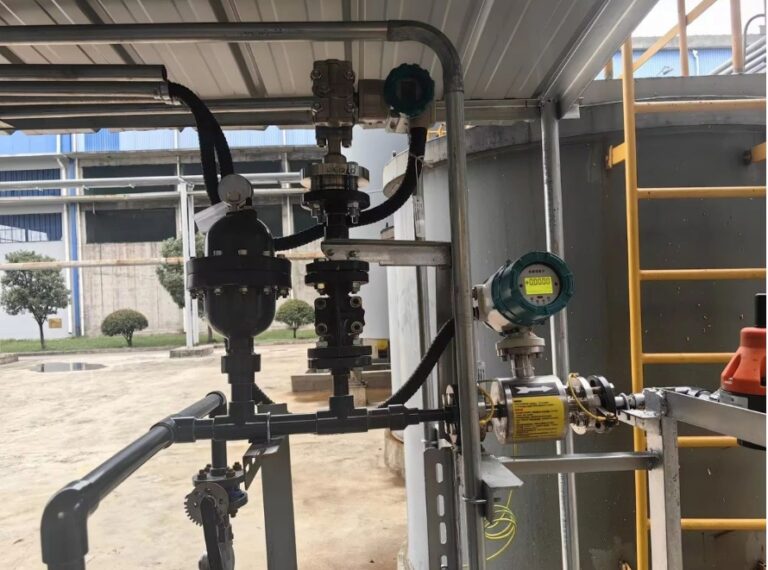
1. Volume Flow Measurement Units
Volume flow refers to the amount of fluid that passes through a flow meter in a given time period. These units are typically used for measuring liquids and gases. The following are the most common volume flow units:
Cubic Meter per Second (m³/s)
This is the standard unit for measuring large-scale flow, especially in industrial applications like water treatment and large pipelines. It indicates the volume of fluid passing through a point per second.Liter per Second (L/s)
Commonly used for medium flow rates in both liquid and gas measurements. It is a practical unit for laboratory applications or smaller industrial processes.Cubic Feet per Minute (CFM)
Widely used in the United States and other regions, particularly in the HVAC and gas industries, to measure the flow of air or other gases. It represents the volume of air passing through a point per minute.Gallons per Minute (GPM)
A popular unit in North America, especially for measuring the flow of liquids such as water or chemicals. It is often used in industries like agriculture, automotive, and HVAC.Cubic Meter per Hour (m³/h)
This unit is used in various industries, particularly for larger-scale applications such as water treatment plants or natural gas transmission. It indicates the volume of fluid flowing per hour.Liter per Minute (L/min)
A common unit for moderate flow rates in applications such as medical devices, laboratory equipment, and smaller-scale industrial systems.
These volume flow units are typically used in a variety of flow meters, such as electromagnetic flow meters, turbine flow meters, and positive displacement meters, depending on the specific application.
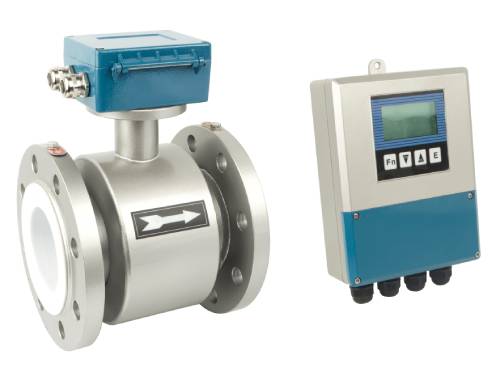
2. Mass Flow Measurement Units
Mass flow measures the actual mass of the fluid flowing through a meter per unit of time. Unlike volume flow, which can be affected by changes in temperature or pressure, mass flow provides a direct measurement of the fluid’s mass, which is important when dealing with varying fluid densities.
Kilograms per Second (kg/s)
This is the most common unit for measuring mass flow in both liquids and gases. It is especially useful in industries where precise mass measurement is essential, such as in food processing, chemicals, and pharmaceuticals.Tons per Hour (t/h)
This unit is often used in bulk handling industries such as mining, cement production, and large-scale chemical processing. It measures the mass flow of materials on a large scale, such as aggregates, powders, or liquids.Grams per Minute (g/min)
Typically used for low flow rates, especially in laboratory settings, pharmaceuticals, and other industries that require highly accurate flow measurements of small quantities.
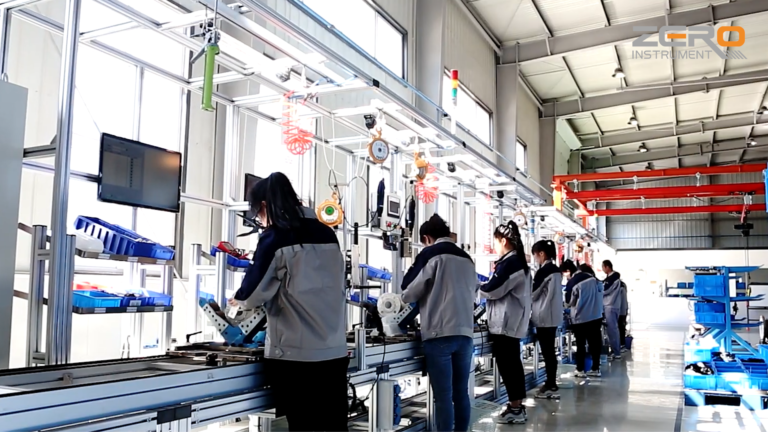
3. Gas Flow Measurement Units
Gas flow measurement often involves specialized units that account for the compressibility and varying densities of gases under different conditions. Gas flow can be measured in both volume and mass, depending on the application.
Standard Cubic Meters per Hour (Sm³/h)
This unit is used for gas flow measurement under standard conditions of temperature and pressure (STP). It is particularly useful for natural gas, biogas, and industrial gases, where precise control is required.Standard Cubic Feet per Minute (SCFM)
Commonly used in North America, SCFM is the standard unit for measuring gas flow in industrial processes, HVAC systems, and pneumatic equipment. SCFM ensures that gas flow measurements are consistent, regardless of variations in temperature or pressure.Standard Cubic Meters per Minute (Sm³/min)
This is a larger-scale unit of measurement, often used in the oil and gas industry, chemical plants, and large-scale HVAC applications to measure gas flow in high volumes.Kiloliters per Hour (kL/h)
A unit often used for large-scale gas flow measurements in the energy, petrochemical, and utility sectors, where large quantities of gas are transported or processed.
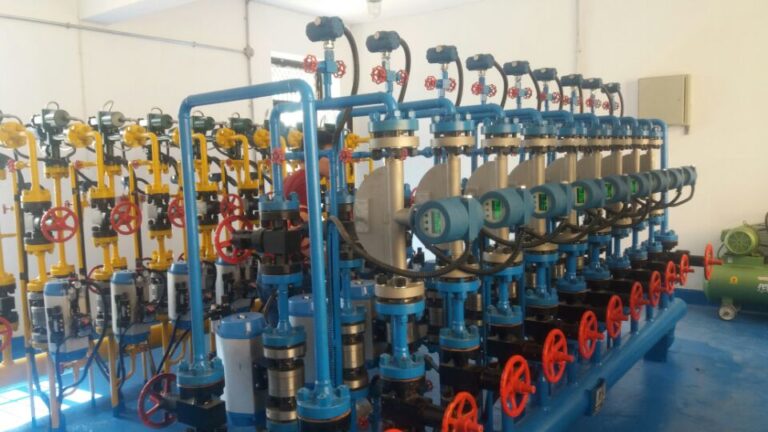
4. Gas Mass Flow Measurement Units
Mass flow measurement for gases accounts for the changing density of gases under different conditions. This is particularly important in applications where precise control of gas quantities is needed.
Kilograms per Hour (kg/h)
A commonly used unit for measuring mass flow in gas applications, particularly in the petrochemical and energy industries. It measures the mass of gas flowing through a system per hour, regardless of changes in temperature or pressure.Grams per Minute (g/min)
This unit is typically used for low gas flow rates, particularly in laboratory applications, environmental monitoring, and small-scale industrial processes.
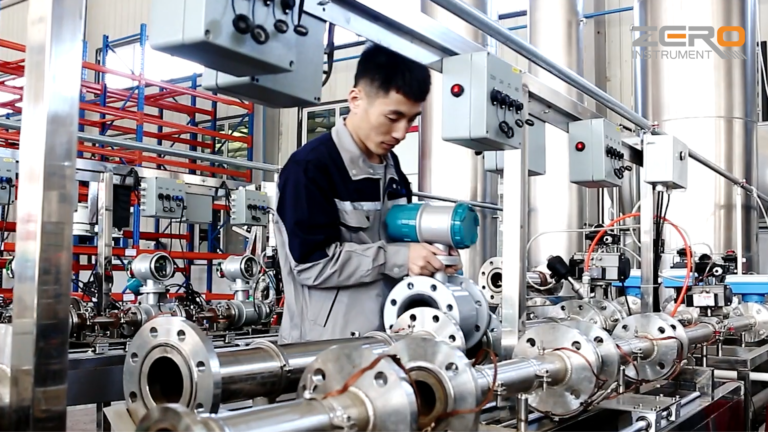
5. Specialized Flow Measurement Units
In certain industries, specialized flow measurement units are used to quantify the flow of fluids in a way that accounts for specific characteristics of the fluid or the system:
Thermal Flow Units
Some flow meters, such as thermal mass flow meters, are used to measure the heat content of a fluid, which can then be used to estimate the flow rate. Common units in this category include:- Kilocalories per Hour (kcal/h)
This unit is used in the energy industry to measure heat flow, particularly in steam and hot water systems. - Kilowatts (kW)
Used for heat flow measurements, especially in large-scale industrial applications such as power plants or heating systems.
- Kilocalories per Hour (kcal/h)
Electrical Current Flow Units
Some flow meters (such as electromagnetic and ultrasonic flow meters) provide flow data in the form of electrical signals. These signals are often output as:- Amperes (A)
Used when the flow meter generates a current signal proportional to the flow rate. - Milliamperes (mA)
A standard output range for many industrial flow meters, particularly for 4-20 mA current loops used in process control systems.
- Amperes (A)
6. Summary of Common Flow Units
| Type of Flow | Units of Measurement | Common Applications |
|---|---|---|
| Volume Flow | m³/s, L/s, CFM, GPM, m³/h, L/min | Water treatment, HVAC, chemical processing, food and beverage |
| Mass Flow | kg/s, t/h, g/min | Chemical processing, pharmaceuticals, food processing |
| Gas Flow (Volume) | Sm³/h, SCFM, Sm³/min, kL/h | Natural gas, biogas, HVAC, petrochemical processing |
| Gas Flow (Mass) | kg/h, g/min | Oil and gas industry, environmental monitoring |
| Thermal Flow | kcal/h, kW | Steam, hot water systems, power plants |
| Electrical Flow | A, mA | Electromagnetic, ultrasonic flow meters |

Conclusion
The flow meter industry relies on various flow measurement units to accurately measure the flow of liquids, gases, and steam. The choice of flow unit depends on factors such as the type of fluid being measured, the industry application, and the precision required. Understanding these units and their appropriate applications is critical for ensuring optimal process control, safety, and efficiency in industries across the globe. As the demand for accurate and reliable flow measurement continues to grow, innovations in flow meter technology will further enhance the precision and functionality of these important instruments.
